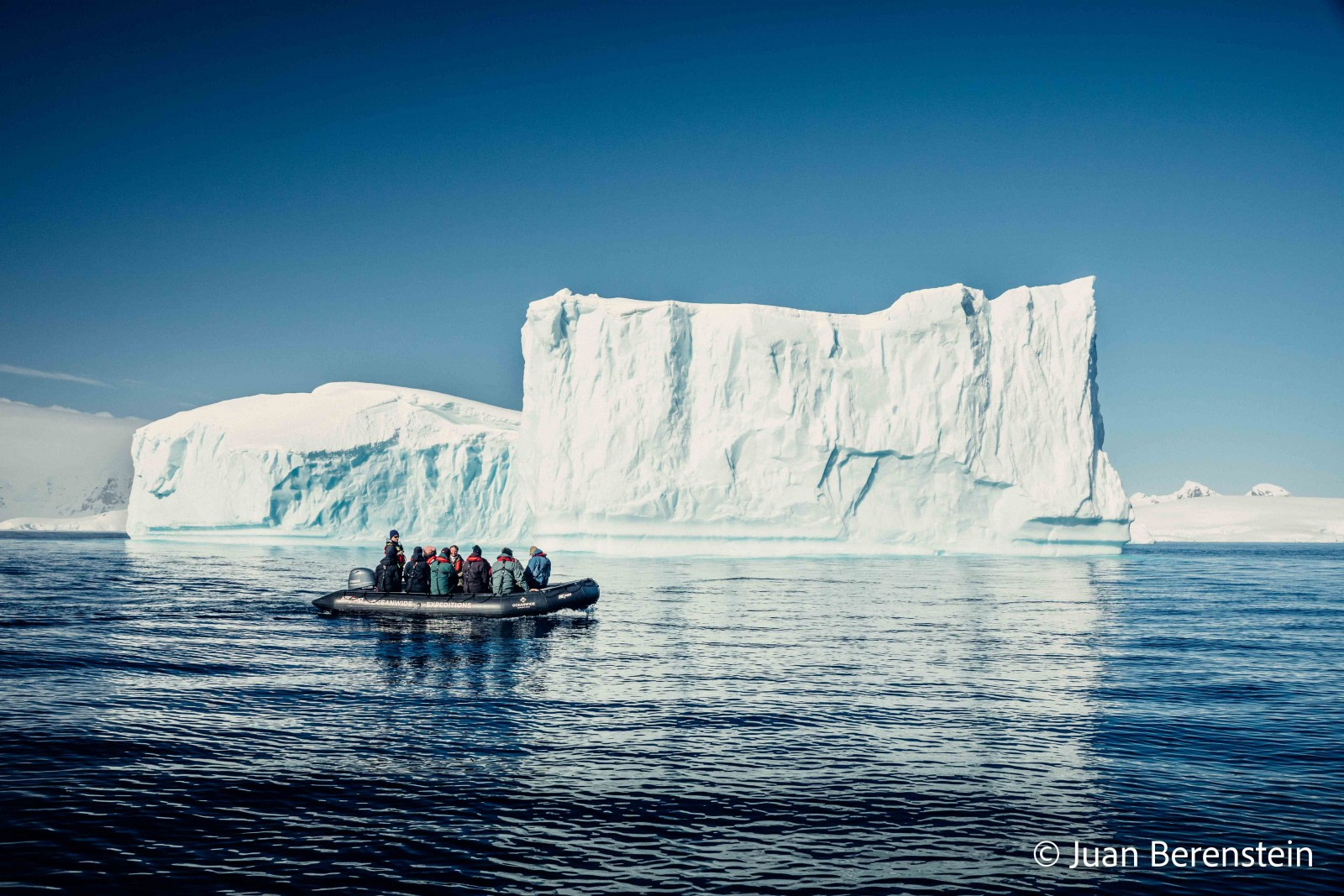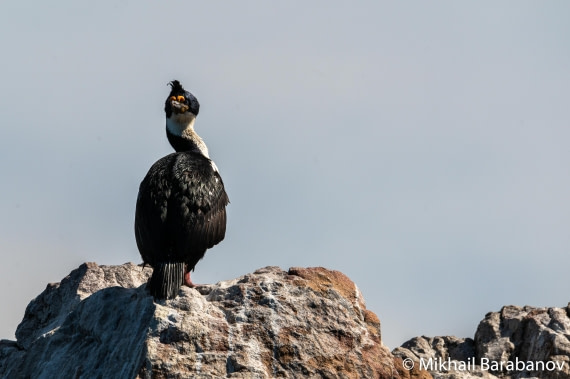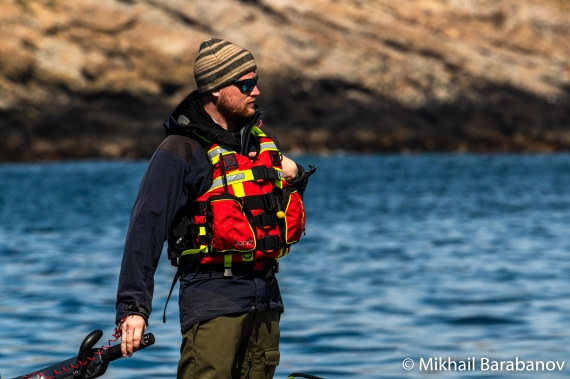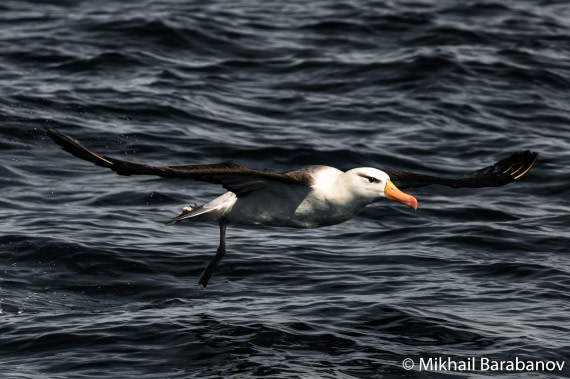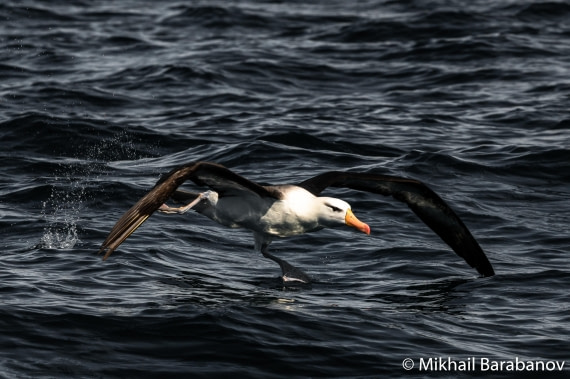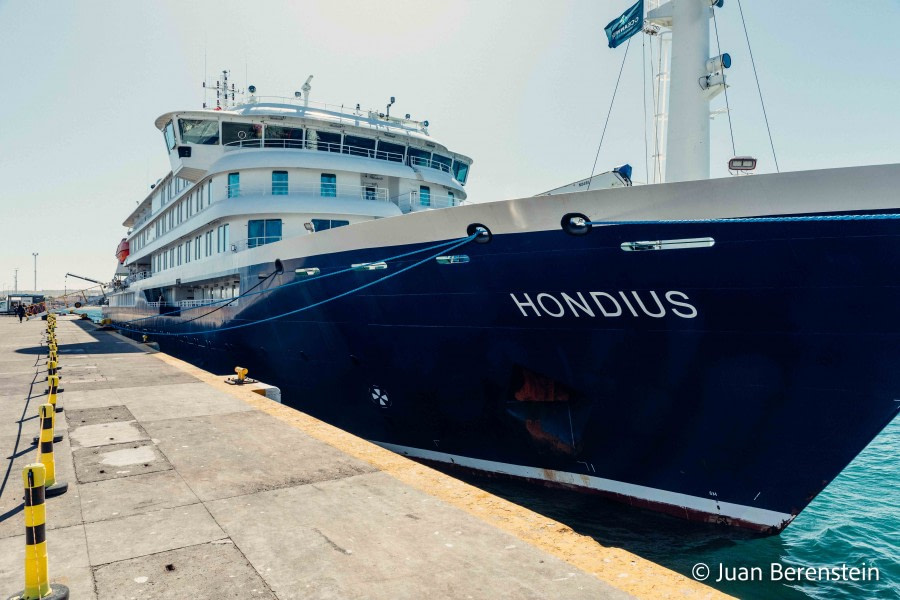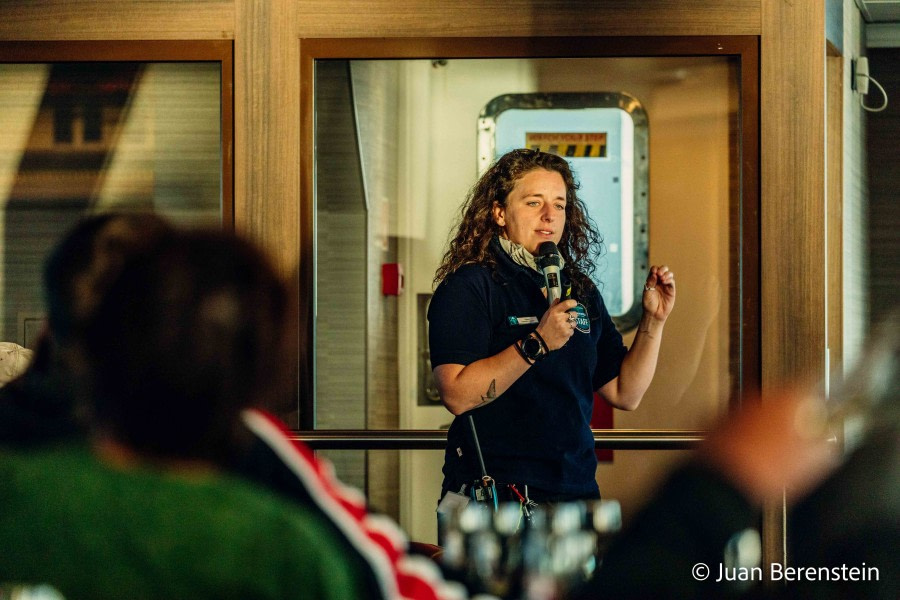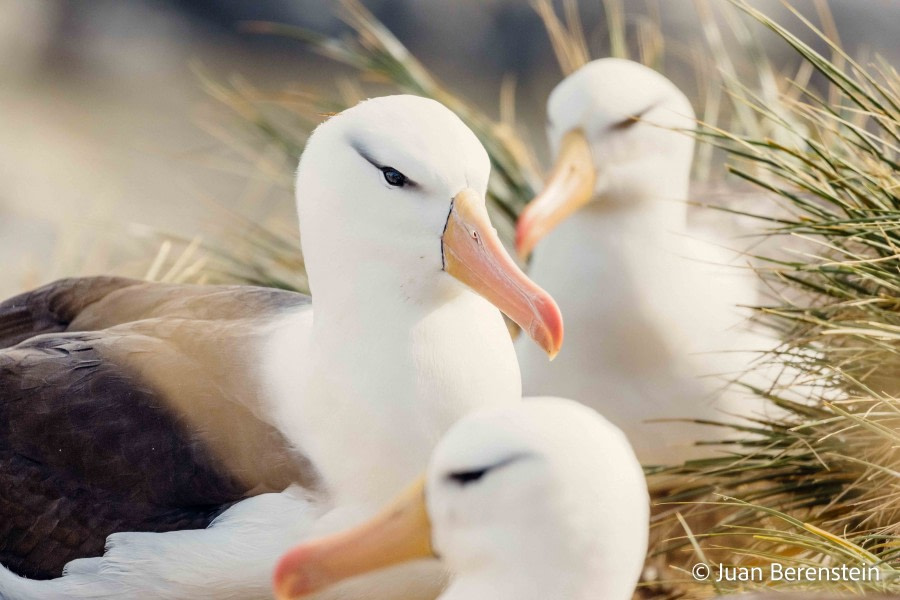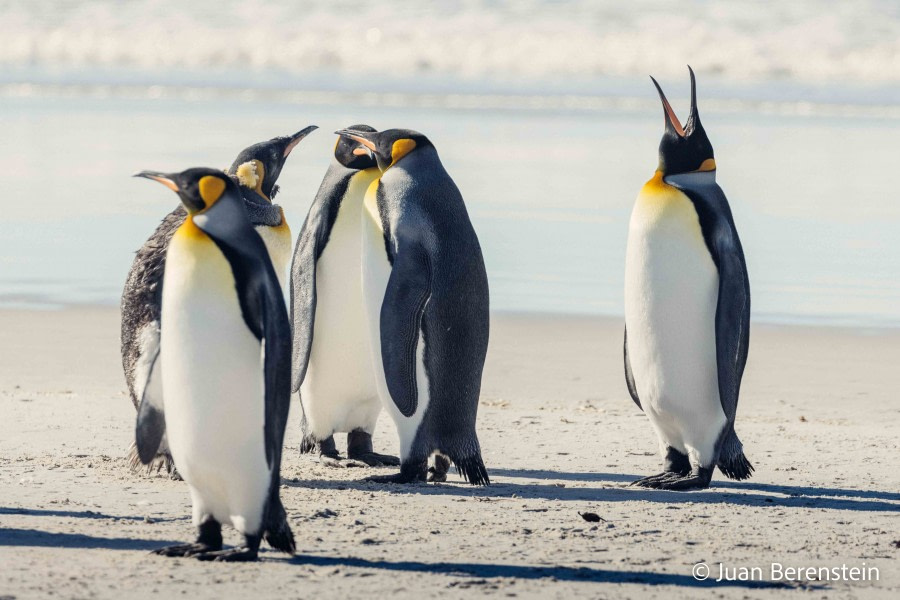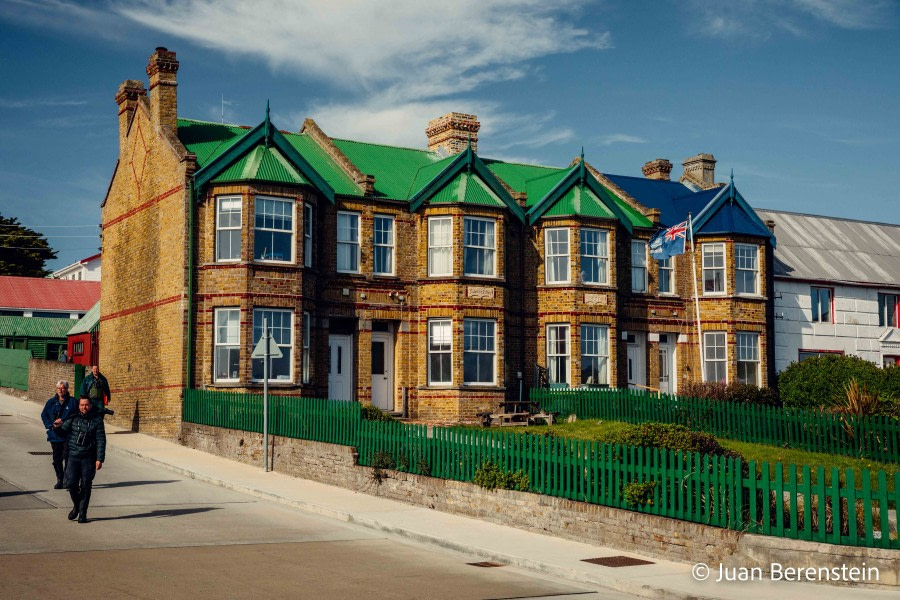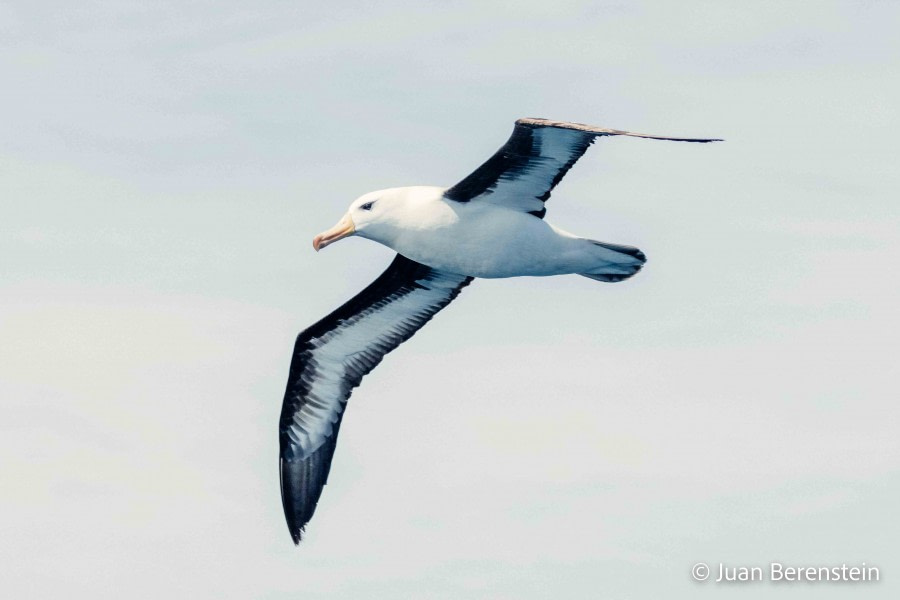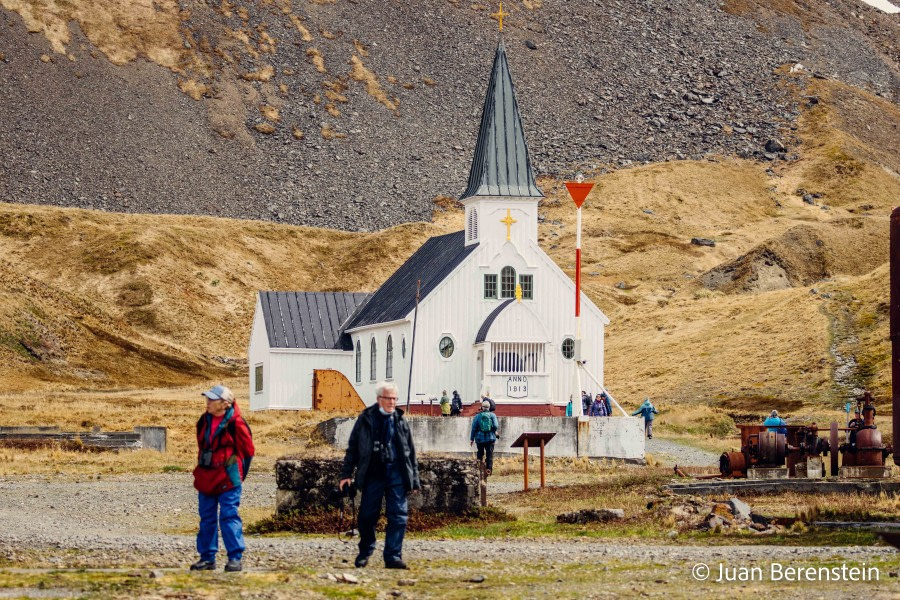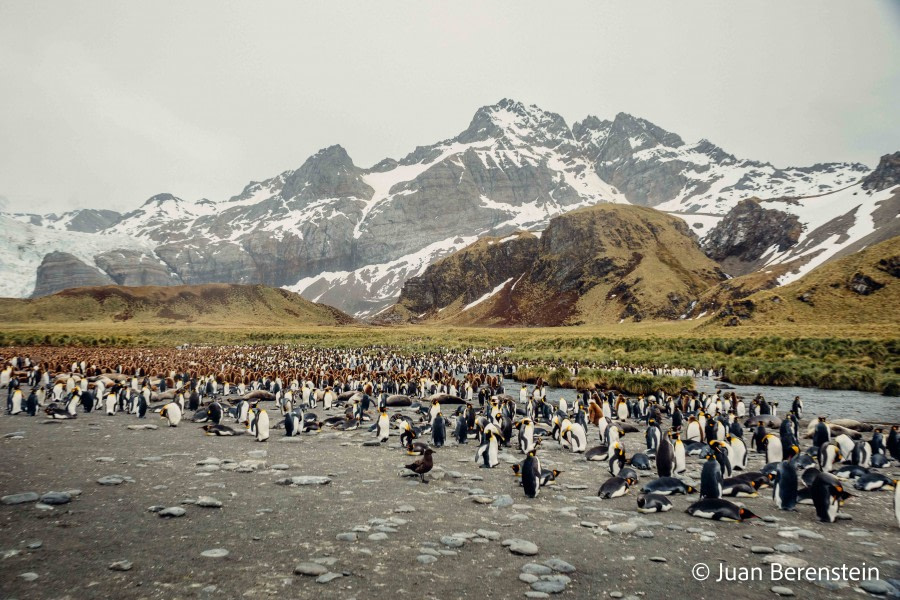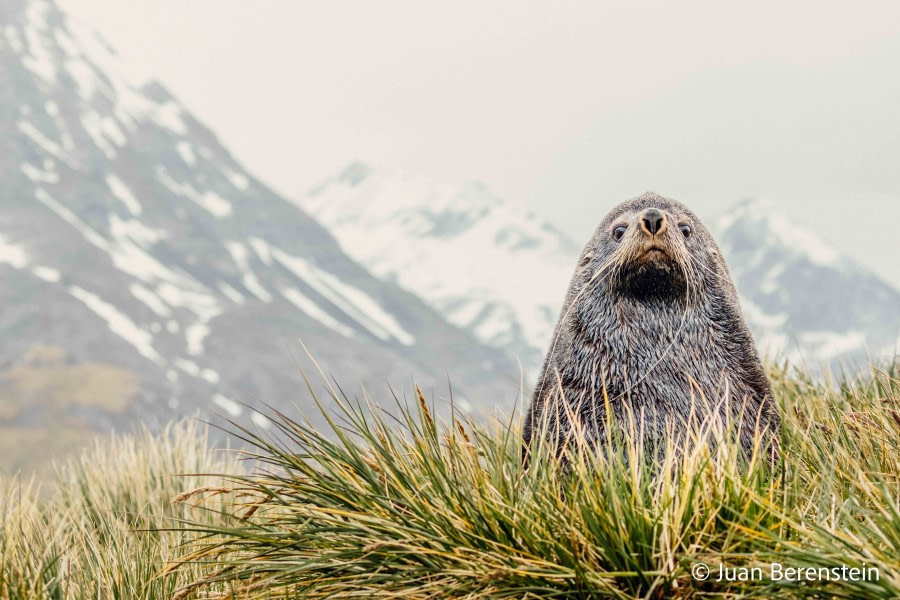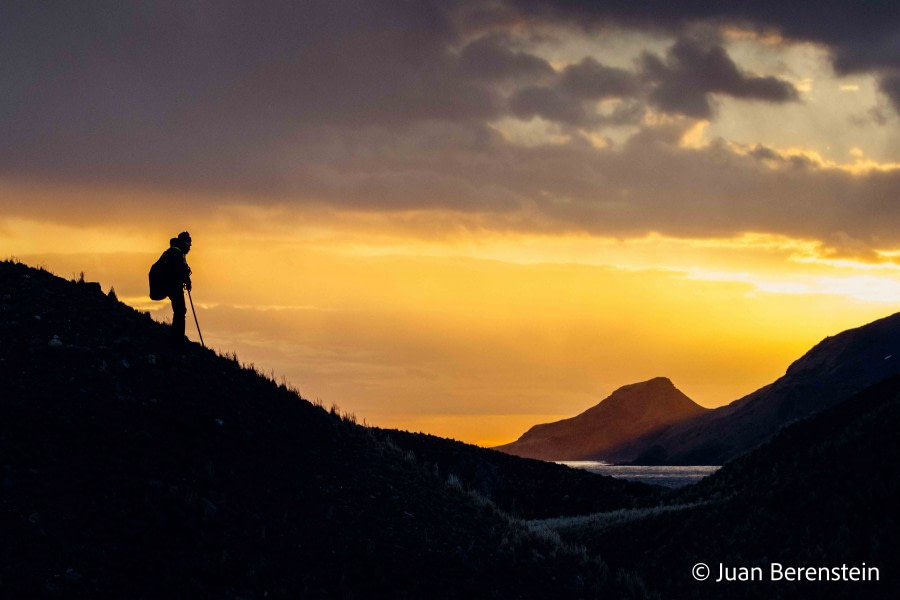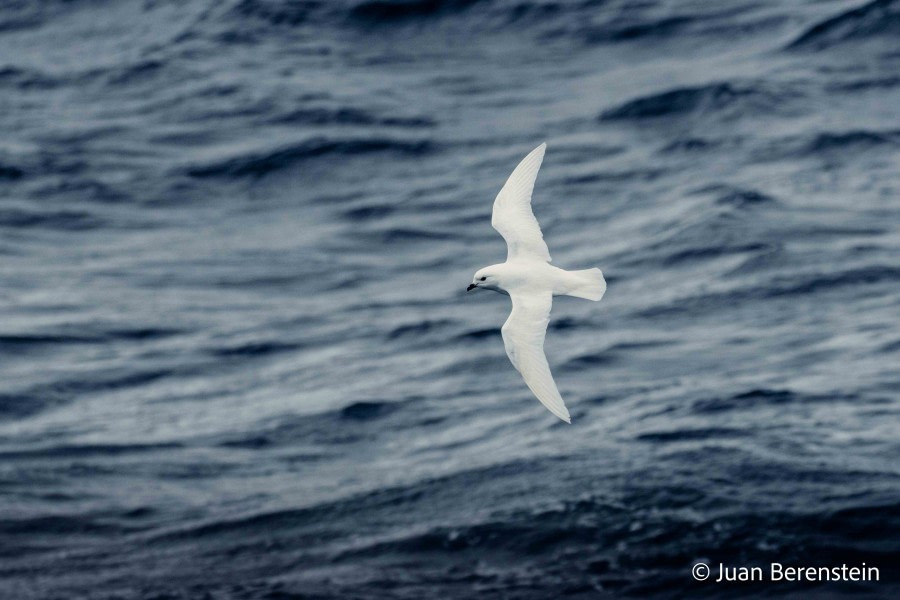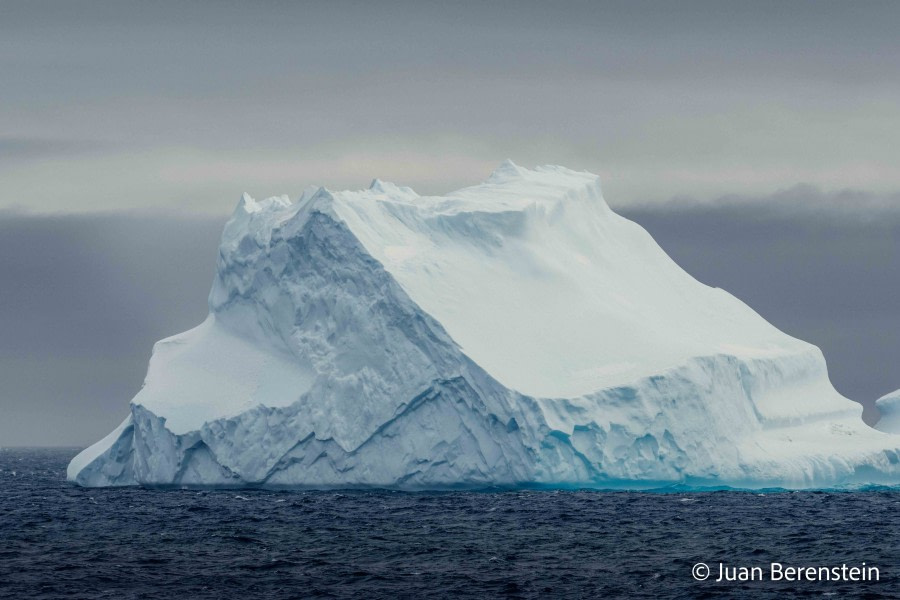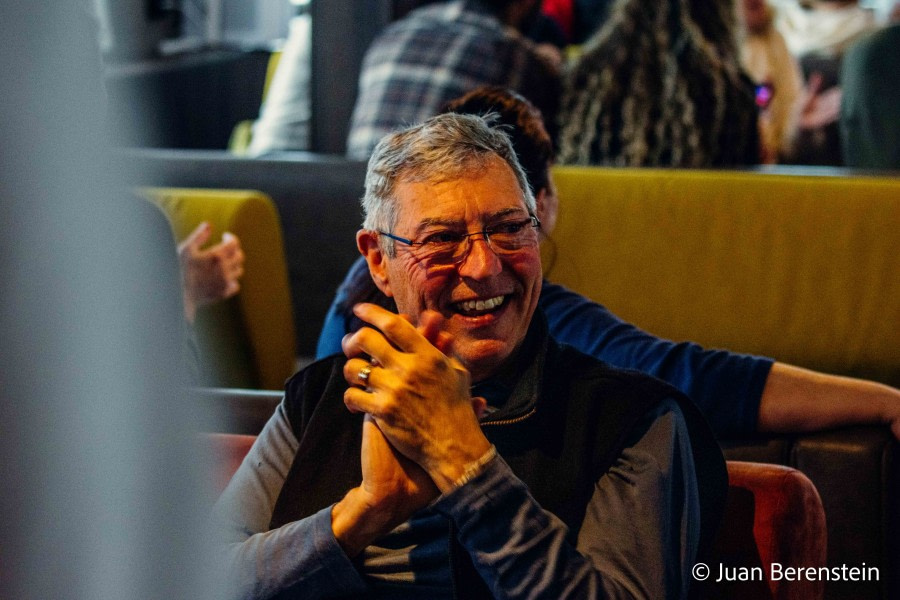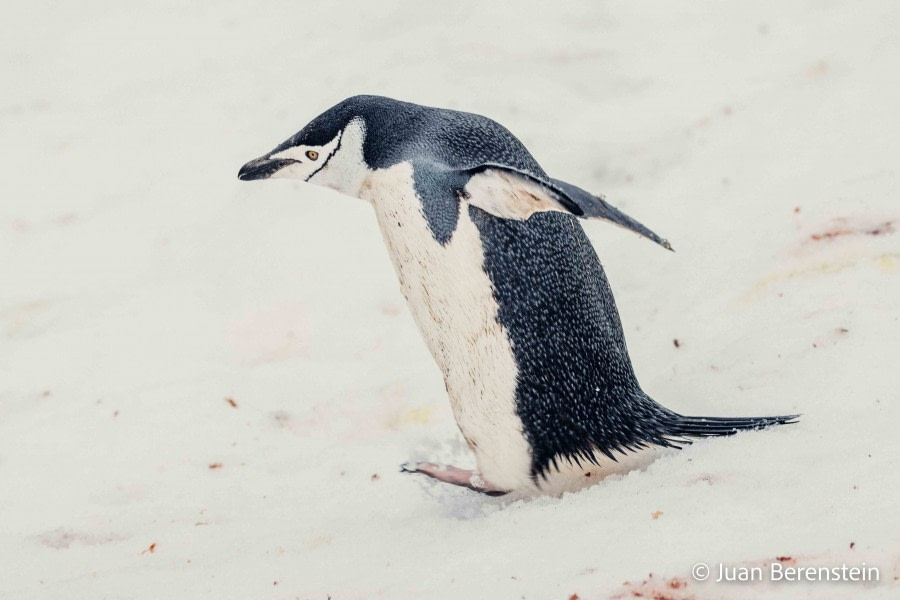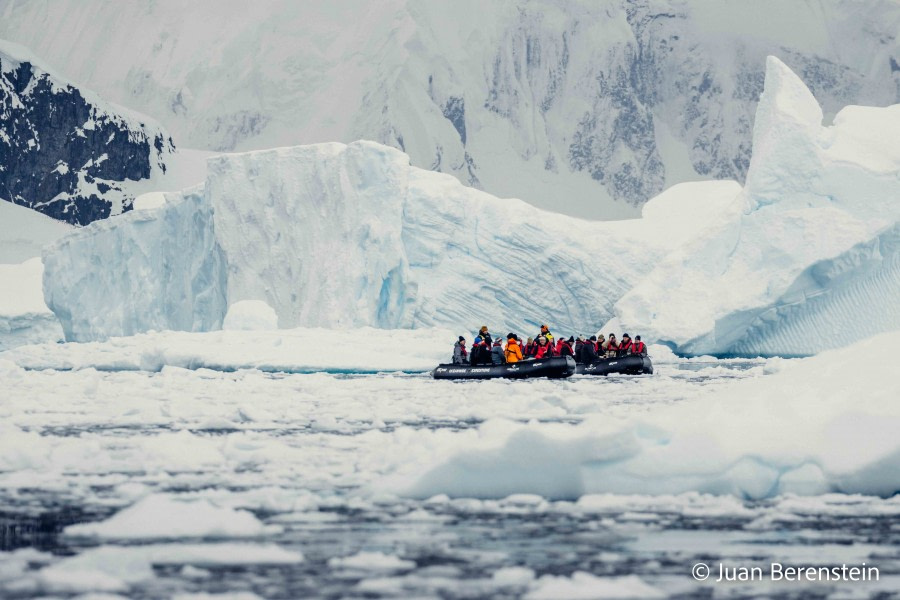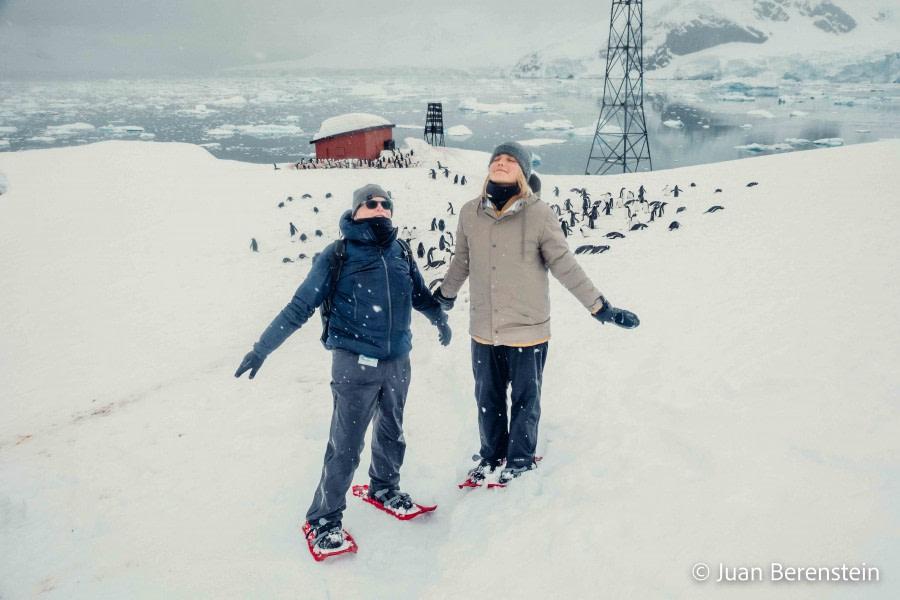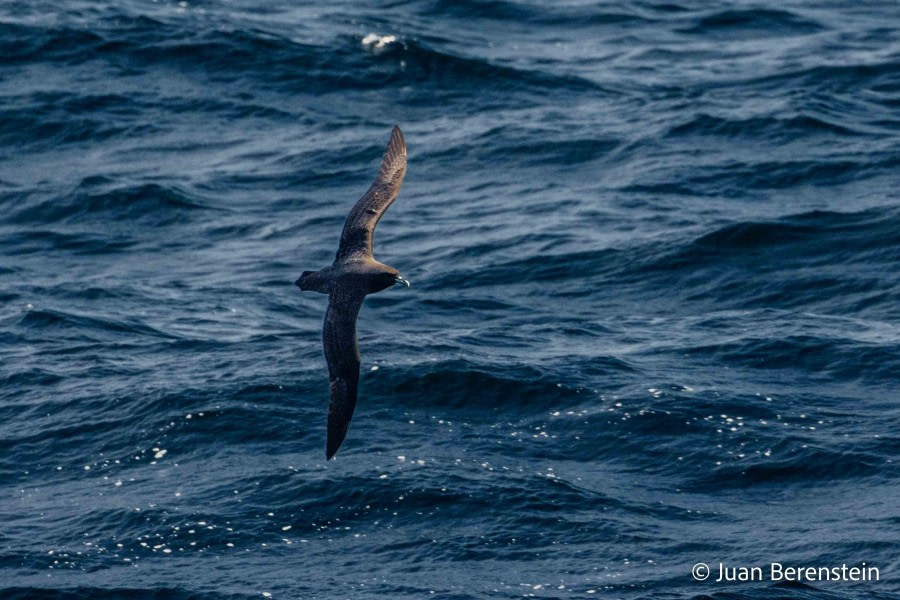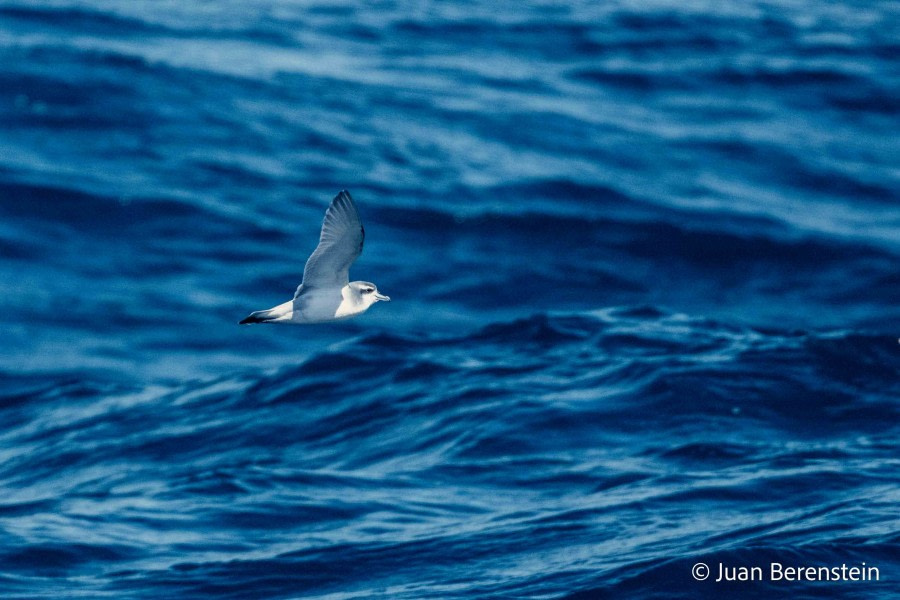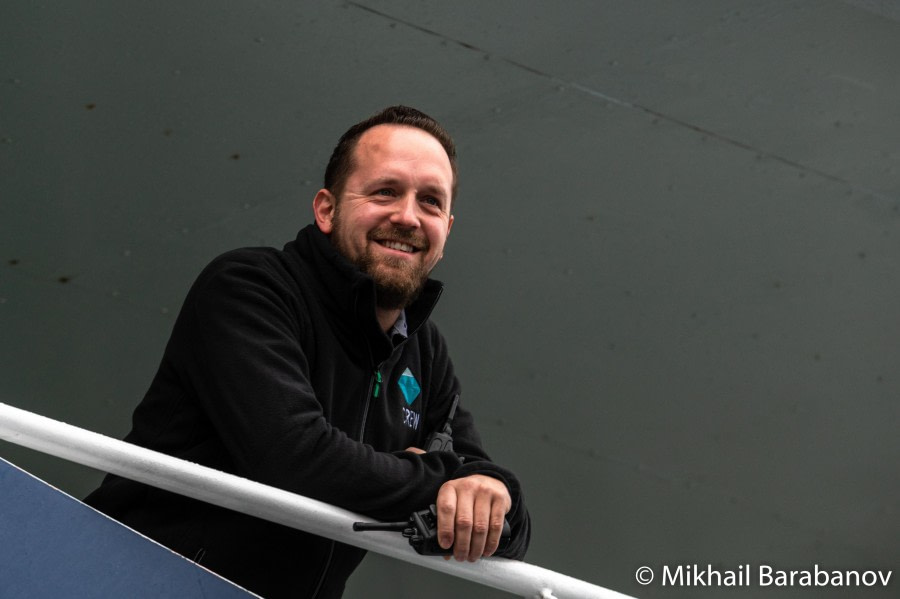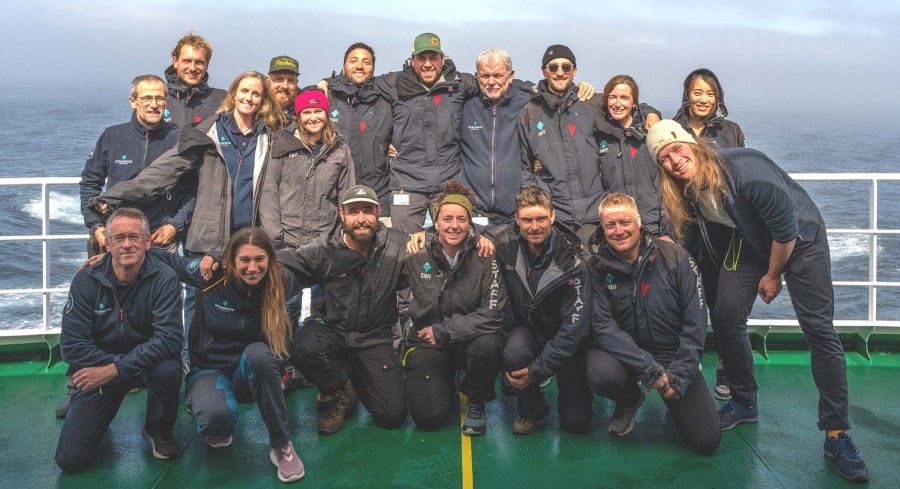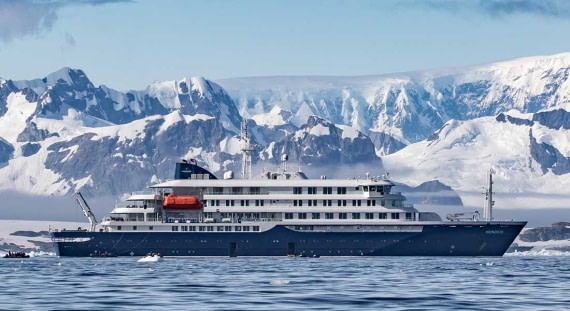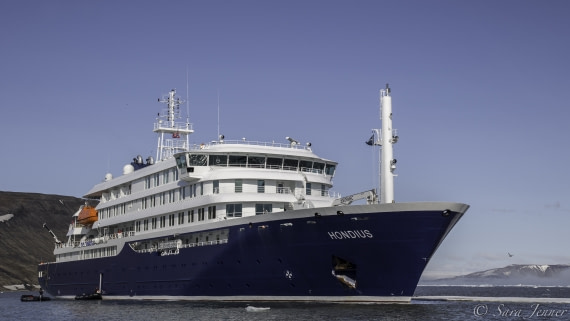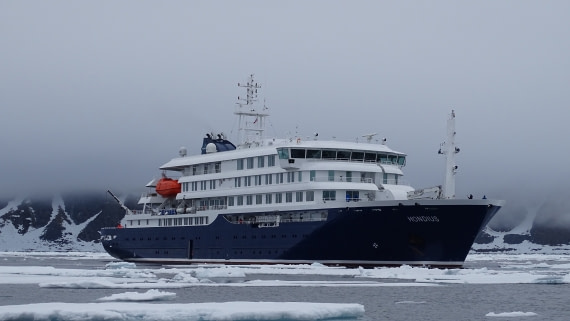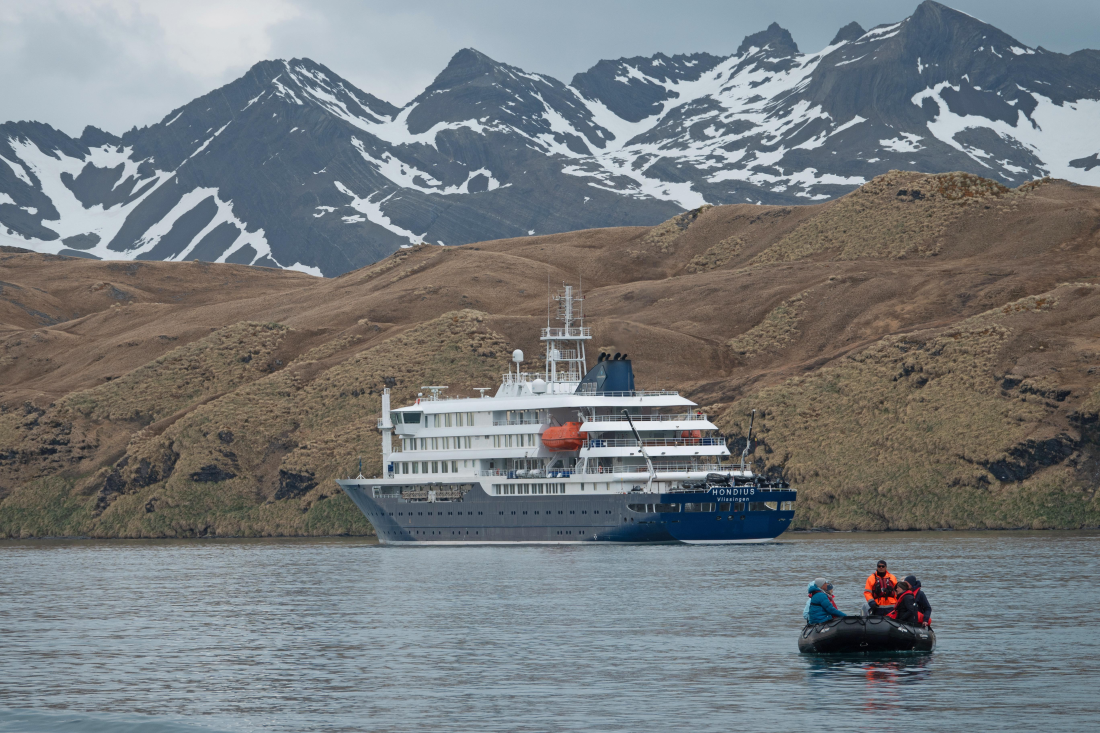| Datum: | 02.11.2022 |
| Positie: | 42°45’S / 065°01’W |
| Wind: | NE 3 |
| Weer: | Clear |
| Luchttemperatuur: | +10 |
Puerto Madryn is a small coastal town wedged between the South Atlantic Ocean and the Patagonian Desert. Traditionally this town was based on fishing and whaling but in recent years the whales have brought revenue into the town in the form of tourists.
From mid-afternoon we started to embark Hondius - our home for the next 3 weeks - excited by the adventure lying before us. Once we were all aboard and settled into our cabins, we stood out on deck in beautiful warm sunshine as the ship slipped away from the dock and out towards the Atlantic Ocean.
Everyone gathered in the lounge for the mandatory safety drill from Chief Officer, Matei, including the abandon ship drill and then we were welcomed by Captain Artur with a glass of fizz and canapes. Introductions to the ship and our sailing plan then followed from Will (Hotel Manager) and Pippa (Expedition Leader) and the guide team.
As we prepared ourselves to go down for our first dinner the ship was surrounded by Black-browed Albatross and the sight of the blows of Southern Right Whales. For those who stayed on to look more closely we were treated to some great behaviour including flipper and tail fin slapping. What a start to our cruise!!
